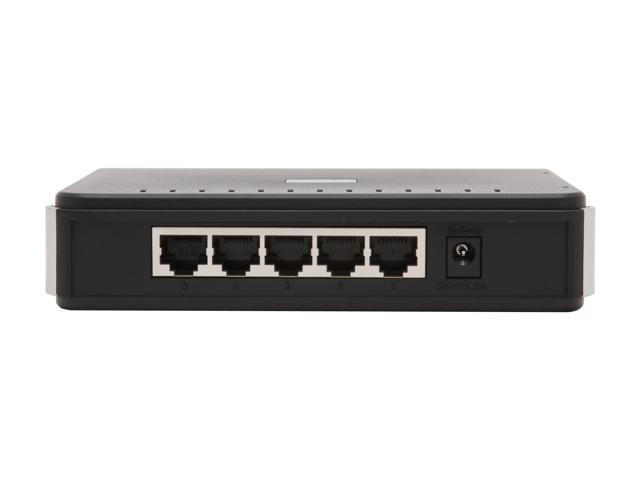
So, if I have a router in the "computer room" and a single wire going through the wall into my room, using this Switch will allow me to hook up that one wire into the switch, and hook up several other wires into various computers around my room, right?
http://www.newegg.com/Product/ Product.aspx?Item=N82E16833127085